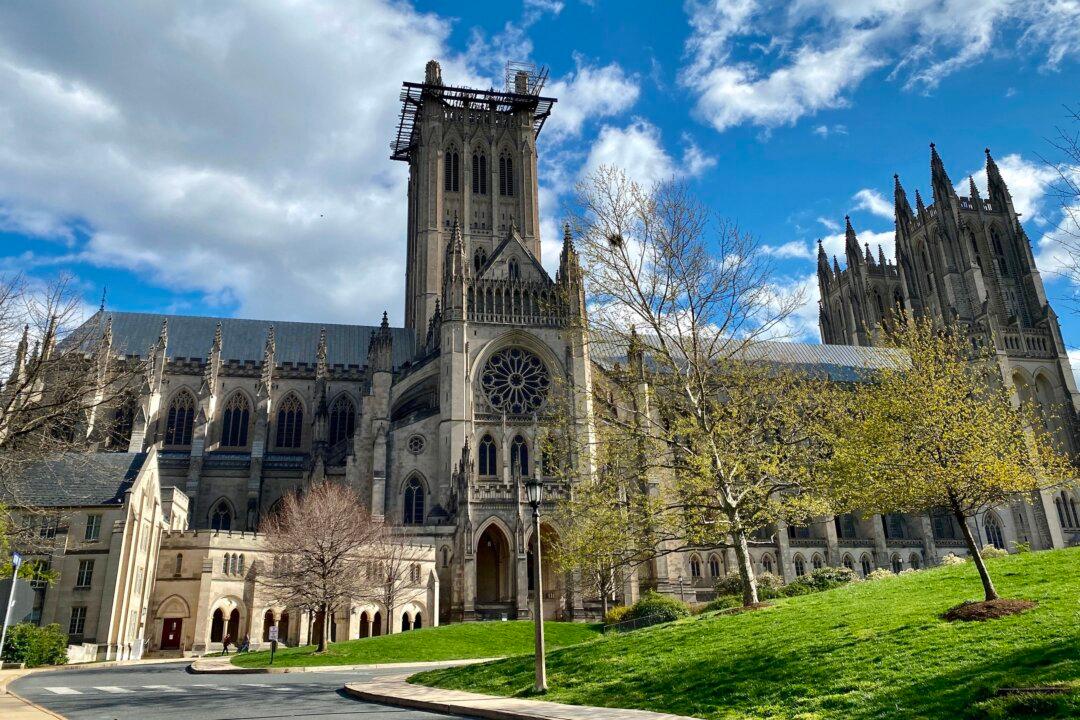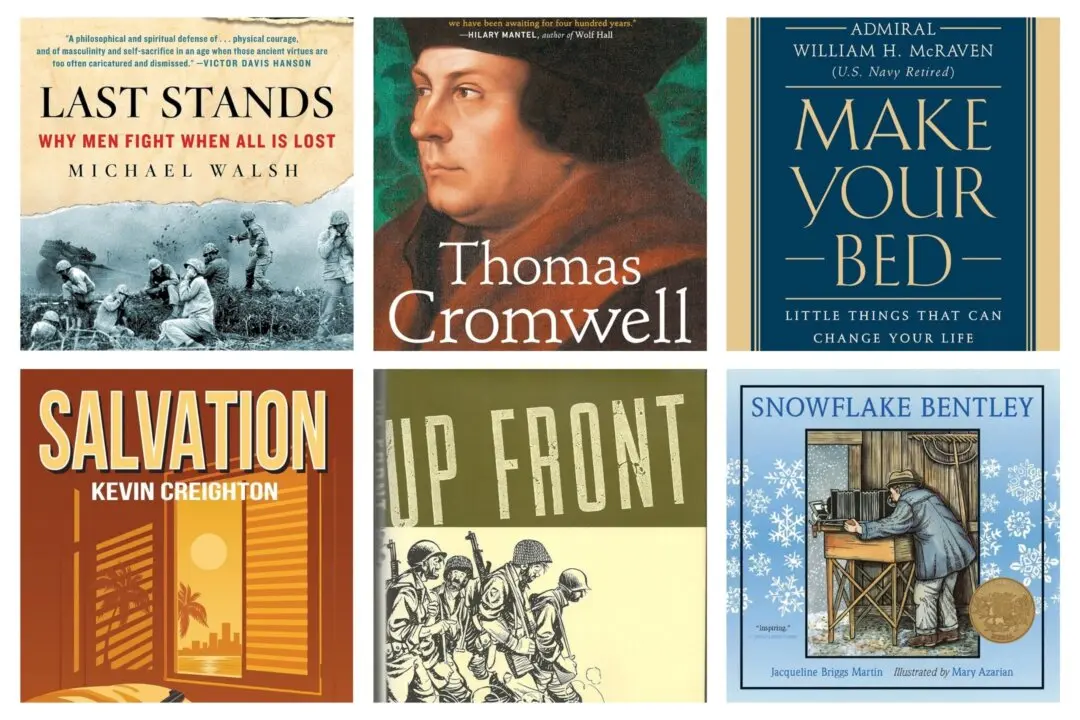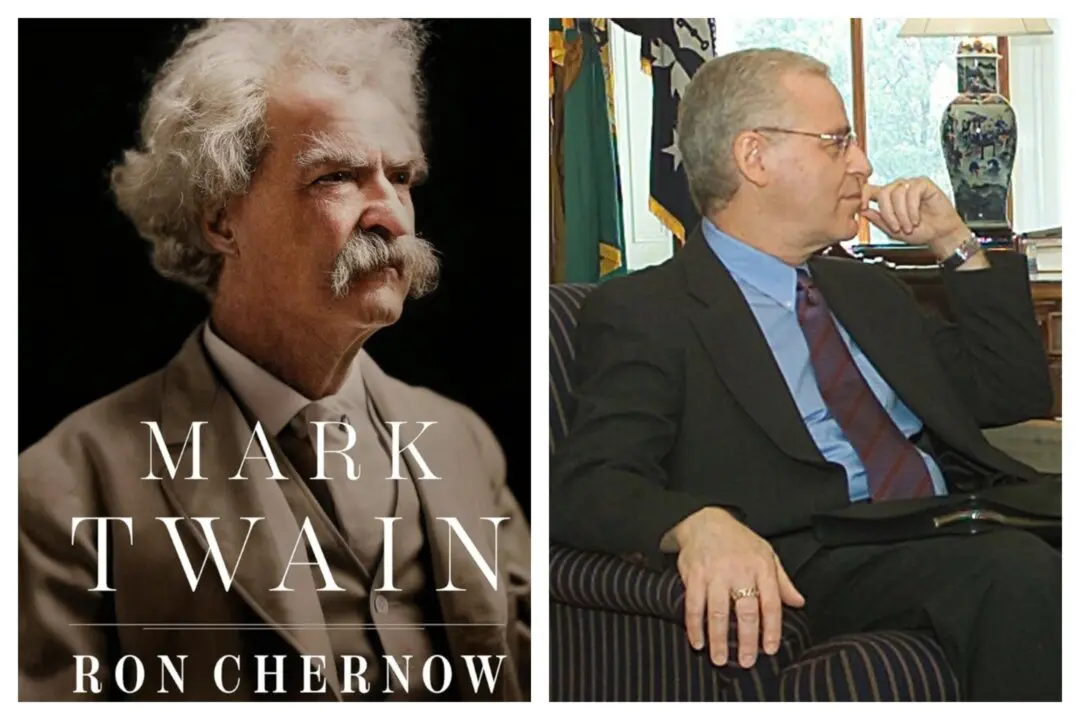“The late determination of Congress to lay the Fundation of a City which is to become the Capital of this vast Empire, offer so great an occasion of acquiring reputation, to whoever may be appointed to conduct the execution of the business, that your Excellency will not be surprised that my Embition and the desire I have of becoming a usefull Citizen should lead me to wish a share in the Undertaking,” wrote Pierre L’Enfant to George Washington on Sept. 11, 1789.
When the Residence Act of 1790 was passed, directing the capital city to be moved from Philadelphia to “a district of territory, not exceeding ten miles square … on the river Potomac,” L’Enfant got his chance to “share in the Undertaking.” Thomas Jefferson, who was serving as Washington’s Secretary of State, noted that the residence should house “the federal Capitol, the offices, the President’s house & gardens, the town house, Market house, publick walks, [and] hospital.”






